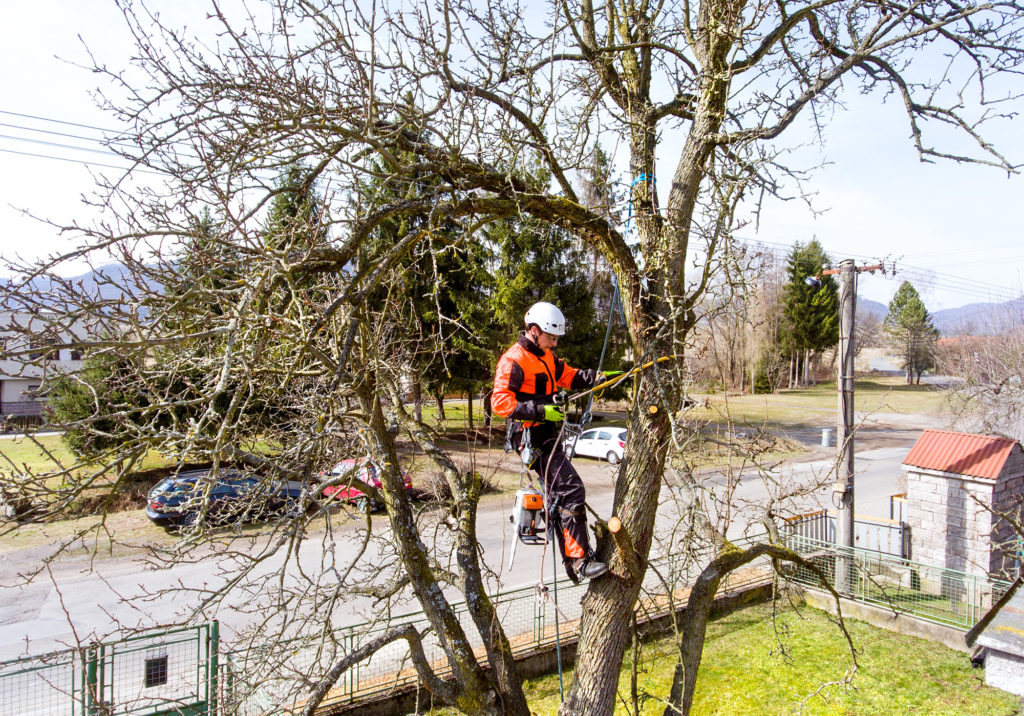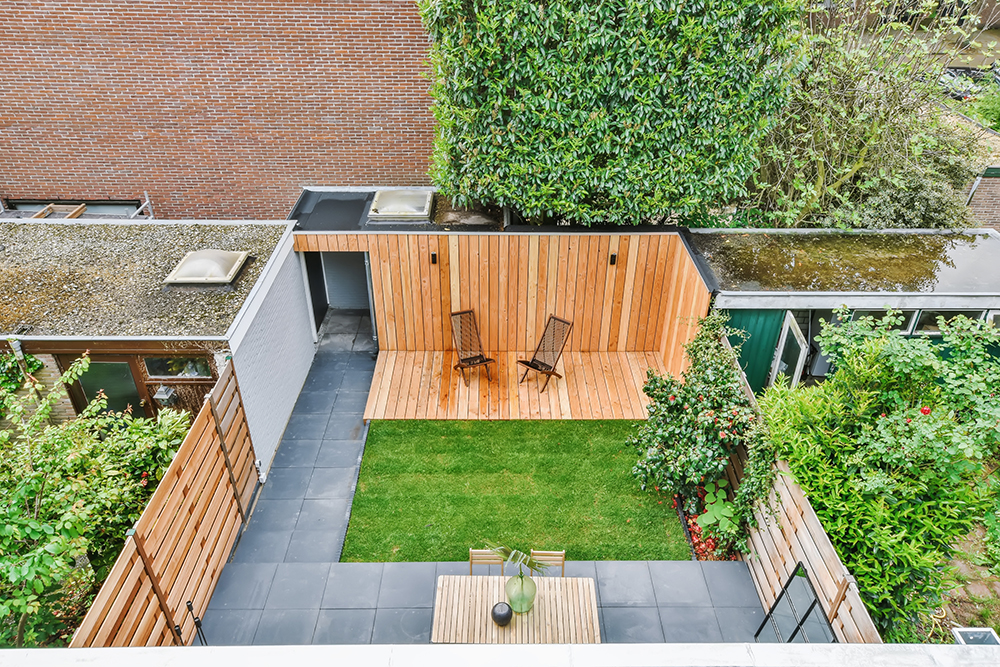Tree Surgery Specialists
Undertaking all aspects of tree work, A1 Trees are fully insured and qualified to offer a complete tree care service.
We offer a wide range of tree maintenance services including tree pruning and reduction, tree removals, stump grinding and removal, tree surveys and root management to name a few.
Our services are sure to meet your planning needs and safety requirements, whilst making sure your trees remain natural looking.
About A1 Trees
Our mission is to deliver free advice and smart solutions in all areas of your garden where you may have a problem, be it tree/hedge related, an unruly garden, boundary fencing, or a total redesign.
To deliver high quality workmanship, safely, at a highly competitive price, whilst caring for the environment by expertly trained professionals. Leaving you with a glowing feeling that you have chosen the right company.
Our company has been through a rigorous vetting process by CHAS & Constructionline (both government approved certification schemes) who check our quality and safety.
We are proud to hold these accreditations. Our Customer satisfaction forms (given to all clients post works) can be viewed in our office by request.
Who Choose A1 Trees?
We proudly offer our tree surgery services across Suffolk, Norfolk, Essex, Bedfordshire, and throughout East Anglia. No matter where you’re located in these regions, we’re happy to help.
Quality
Here at A1 Trees, we strive to be the best in our field. From your first contact with us, we aim to take you on a journey which at each stage will fill you with confidence that you chose the right company. We are a small enough company where the standards are monitored by the owner, who is the driving force behind the thinking that high quality is essential to succeed; all staff are trained with this ethos in mind.
On every single job work teams have to follow a procedure which has quality at the forefront. To back this up, apart from our long list of devoted clients, upon completing each job, the client is presented with a satisfaction form, which marks us on the whole experience; these completed forms are nothing less than glowing and are available in our office should you need some reassurance.
Our work follows the latest recommended best practices and we follow the British Standard BS3998 Tree work recommendations
https://www.britishstandard.org.uk/pub/bs-39982010–tree-work.-recommendations-9780580537776.aspx
Health and Safety
Tree surgery is one of the most dangerous occupations in the U.K.
Poor standards can lead to DEATH !
According to the HSE, every year on average 3 fatal injuries and 155 serious injuries are reported but the HSE estimate that most are not reported, particularly by the small self-employed (these are the guys who usually do the cheapest jobs).
Death and serious injury are a real risk when choosing your tree contractor, so consider their credentials when making your choice. Be responsible and choose wisely to protect yourself from the consequences of something going horribly wrong.
Health and safety is very important to us.
We are proud to be accredited by CHAS who are the main government safety assessor and health and safety authority who vet our practices and systems.
This means that you don’t have to check our systems that you may not understand, just relax knowing that we have already been rigorously checked.
Skills / Training
Our staff undergo rigorous training, usually starting as cadets and learning our company ethos and then moving on to gain their relevant formal qualifications.
It is at this point that they are in-house trained to develop into fully experienced professionals and not only lead a team, but become mentors for the upcoming cadets
Conservation and the environment
At A1 Trees we have a company policy to plant at least two trees to each tree felled. To date we have far exceeded this ratio.
All waste is recycled either chipped for bio-fuel, chipped for landscaping or used for firewood
Contact our Team
If you’re looking for a reputable firm that offers professional tree work services, then your search ends with us.
We’re based in Suffolk and provide all our services to customers from locations across East Anglia including Essex, Cambridgeshire, Bedfordshire & Norfolk as well.

0800 112 3469
Suffolk Office:
Unit 7, The Brickworks,
Old Stowmarket Rd,
Bury St Edmunds, Suffolk,
IP30 9QS
Essex Office:
Unit 1 Rumbolds Farm,
Little Baddow
Chelmsford, Essex
CM2 7RS
Norfolk Office:
New House Farm Barn
Kirby Road,
Norwich
NR14 7DS
Bedfordshire Office:
College Farm,
Lovell Road, Oakley
Bedford,
MK43 7RX














